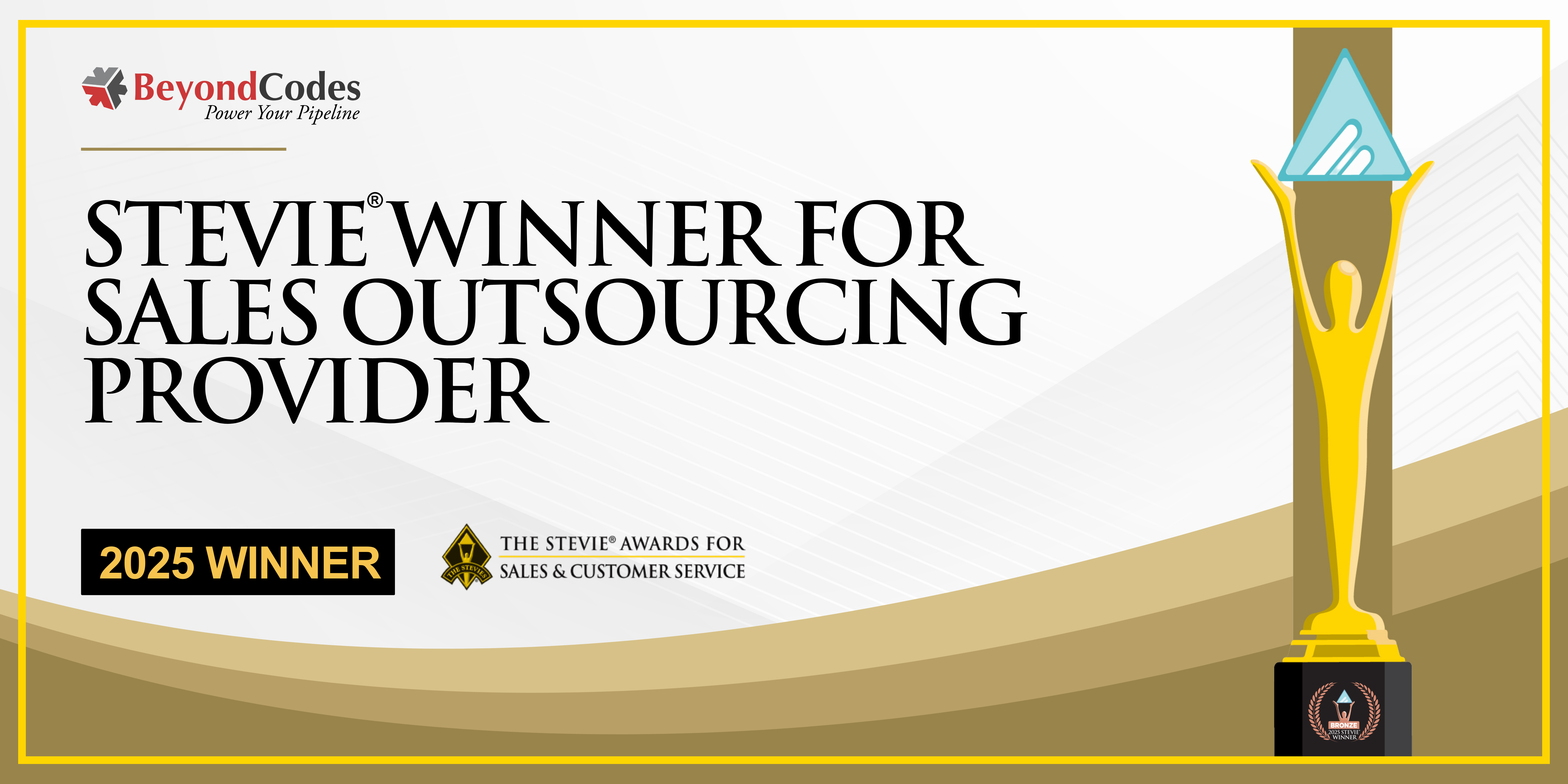Lead nurturing is the determined process of engaging with a targeted group by providing appropriate information at each stage of the buying process. The approach is concentrated on actively moving the prospects from your marketing and lead-gen efforts to the stage where they become your customers.
Our customers have the collective experience of what they see, hear, and feel for us from our communications and their own research. Therefore, all customer fit into three funnel stages and they are as follows.
1. Top of the Funnel (TOFu): People in this phase are looking for ideas, tips, and resources to get answers for problems they’re facing. Lead nurturing can be used to assist and provide relevant information to these people and get their contact details.
2. Middle of the Funnel (MOFu): In this phase, people express interest in your product/services (subscribe, register, download, etc.). Lead nurturing can be used to learn if these people and/or their company is a fit for your product/services. At this stage, content is shared that tells them more about your product and services pushing them towards making a purchase.
3. Bottom of the Funnel (BOFu): In this phase, the intent is to convert them from a lead to a sales-ready opportunity. The lead is handed over by the marketing team to the sales team to be converted into a customer.
Let us talk about every stage of the lead funnel in detail now starting from the top of the funnel:-
1. Top of the Funnel
It is more of a lead generation stage. Multiple channels and tactics like Online media, Email, PR, Content marketing, Events, inside sales/sales development, etc. can be used for this stage. It is suggestable not to rely on a single lead source. Diversification, strategizing and testing is the key to achieve an optimal lead generation strategy.
Recognize what’s working, try new things, switch channels in and out to fill out the top of the funnel. The focus should be on creating a buzz and generating the maximum leads out of it. You’ll find certain channels good at initiating conversations while some other might work better at advancing your discussion. So, plan your marketing strategy accordingly.
It is very important to analyze your marketing budget and how you allocate it for every stage. It is recommended to allocate 60% to 80% of the budgets in the top of the funnel for generating leads. The rest of the budget can be used to nurture the leads you already have in the middle and bottom of your funnel.
2. Middle of the Funnel
It is time to advance the conversations one step ahead. In this stage, the actual lead nurturing process is initiated. This might be considered as an extension of the conversation that started in the first stage, i.e. lead generation.
Look at the associations started through different lead generation sources and provide appropriate content to develop the conversation. Here we list down five best lead nurturing strategies to nurture your leads and take your conversation further with them.
- Using sales and inside sales team for lead nurturing
- Creating a lead nurturing track
- Reusing and repurposing the content
- Using third-party content
- Being persistent
Strategy- 1. Using sales and inside sales team for lead nurturing
- Get their viewpoint from talking with clients
- Ground test ideas for nurture messaging before implementation
- Share what they get to listen to clients and in the market
The goal of lead nurturing is to convert leads to customers by changing their interest to purchase intent. Salespeople face problems developing content without help.
Let’s see an example of how a Sales team can be involved in the lead nurturing process?
Let’s say a company conducted a webinar, and they equipped their sales team with a small content on summary or takeaways from the webinar.
Now the sales team can connect to the leads with this content and ask them about their feedback on the event. They can also ask them the reason for attending the webinar. It will give them a better understanding regarding the likes of a customer which will help them serve better in the near future.
Strategy- 2. Creating a Lead Nurturing Track
The objective is to create a calendar with time and dates to nurture the database. The aim should be to add value every time you reach out to the prospects with valuable ideas, content, and resources. Also, it is recommended to reach out either during non-business hours or non-revenue generating time.
Example:
The frequency of touches will depend on your product and the buying process, we have used one nurturing touch per month in the below example:
1. Call and “thank you” email
2. Informative article via email
3. Blog post via email and voicemail referencing email
4. Call & Email for upcoming webinar/event
5. Email with link to an article
6. Whitepaper/e-book via email
7. Follow-up call
8. Email with follow-up call mention
9. Email podcast and feedback asking
10. Direct mail Free report & follow-up call
11. Webcast Invite email & follow-up call
12. Email with a free pass to a trade show
13. They reach out to you and become sales qualified prospect
Strategy- 3. Reusing and Repurposing the content
Reuse the existing content and for a different purpose. The first step is to list all existing content and extend that for different uses.
A white paper can be divided into 4-5 articles that share a similar point of view. This way more and more readers could be engaged who are interested in reading short nuggets of information rather than long articles.
Live events can be converted into videos and these videos can be converted into another content asset such as snippets.
Similar to the earlier example, webinars can be used for creating executive summaries & takeaways, these can be shared with Sales team for further use.
Strategy- 4. Using third-party content
Third-party content is a great source for engaging content for lead nurturing.
Find out where your prospects are going for information. You can start by asking the sales team what publications are currently trending in the consumer base, where do they go for information, and what questions does the sales team ask them?
You can use online alerts like Google alerts for key phrases in your industry to get updated on new content from bloggers and any publications. You can share this content with your prospects through short synopsis and links.
Strategy- 5. Being Persistent
Most lead nurturing campaigns do not start giving conversions before a minimum of 5 meaningful touches. Consistency is a vital part of the strategy keeping the ultimate aim in mind to make the leads sales-ready.
If you have a ten-month sales cycle, you should ideally nurture your leads in those nine months, and that is at a minimum level. It means ten nurturing patterns during that cycle.
3. Bottom of the Funnel
The ultimate aim of lead nurturing is to convert leads into qualified sales opportunities and finally customers.
It is important to make sure that it is the right stage where marketing is handing over the leads to the sales team. A point can ideally be found when these leads can be handed over. This is done with the help of lead scoring and lead qualification. Lead qualification should ideally occur through the inside sales or prospecting team. There is only limited information that can be derived from a web form or email.
The marketing process is not over until the leads are handed over to the sales team for following-up. It is also the responsibility of the marketing team to help accelerate leads in the sales pipeline and work with the sales team to understand what are the key issues & problems faced. This is called full-funnel marketing.






